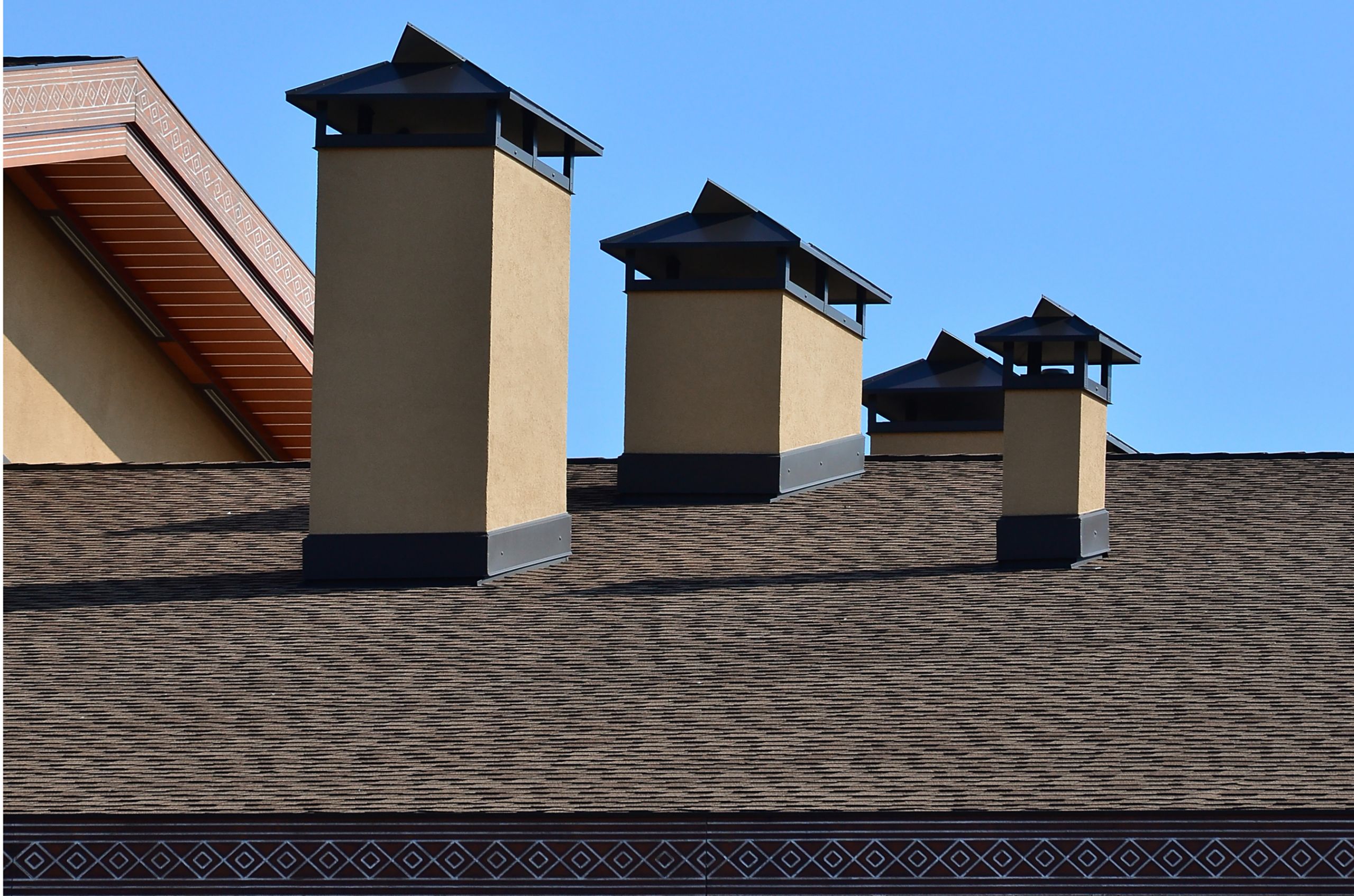
How to Prepare Your Roof for Extreme Weather Conditions Nov 11, 2025
First and foremost, regular roof inspections are a must to identify any potential weaknesses before they escalate. Schedule routine checks at least twice a year and especially before an anticipated bad weather season. During these inspections, look for missing, cracked, or curling shingles which are primary indicators of potential vulnerabilities. Also, keep an eye out for any signs of water damage or wear in the areas around chimneys and vents, which can become pathways for water.
Cleaning your gutters plays a vital role in preparing your roof. Blocked gutters can cause water to back up onto the roof, potentially leading to leaks and further damage. Make sure to remove leaves, twigs, and any other debris to maintain a clear passage for rainwater. If you're not comfortable doing this yourself, consider hiring professionals for a thorough cleaning session.
If your roof is over 20 years old, it might be time to consider a replacement. Modern materials and techniques used by companies like Top Level Roofing can offer better resistance against severe weather. Discuss options such as impact-resistant shingles which are designed to withstand hail and high wind conditions, offering your roof a longer life even in unforgiving climates.
Reinforcing your roof is another cost-effective strategy. Consider installing roof straps or clips that can help secure the roof structure, keeping it intact even during strong wind events. These reinforcements add strength by binding the roof structure to the walls and foundation of your home, which is crucial during hurricanes or tornadoes.
Aside from physical reinforcements and cleanings, trimming overhanging branches is critical. Trees near your home can pose significant threats during storms. Heavy branches can break under pressure and cause considerable roof damage. By trimming these branches ahead of time, you minimize the risk of them crashing into your roof.
Finally, be proactive with preventive maintenance by fixing small issues promptly before they turn into expensive repairs. Addressing minor leaks, loose shingles, or flashing problems now can prevent substantial damage later on.
In summary, preparing your roof for extreme weather involves a mix of regular maintenance, timely upgrades, and strategic reinforcements. By taking these measures seriously, you not only improve the longevity of your roof but also protect your home and family from potential harm. Top Level Roofing is here to assist with expert inspections and advice tailored to your specific needs. Don't wait until the storm is overhead—take action today to ensure your roof can withstand whatever nature has in store.
/filters:no_upscale()/filters:format(webp)/media/c7c79a14-e408-4a9c-9ed6-b13532405a65.jpeg)
/filters:no_upscale()/filters:format(webp)/media/374fa593-79bd-4249-884e-4f4d9e789544.png)